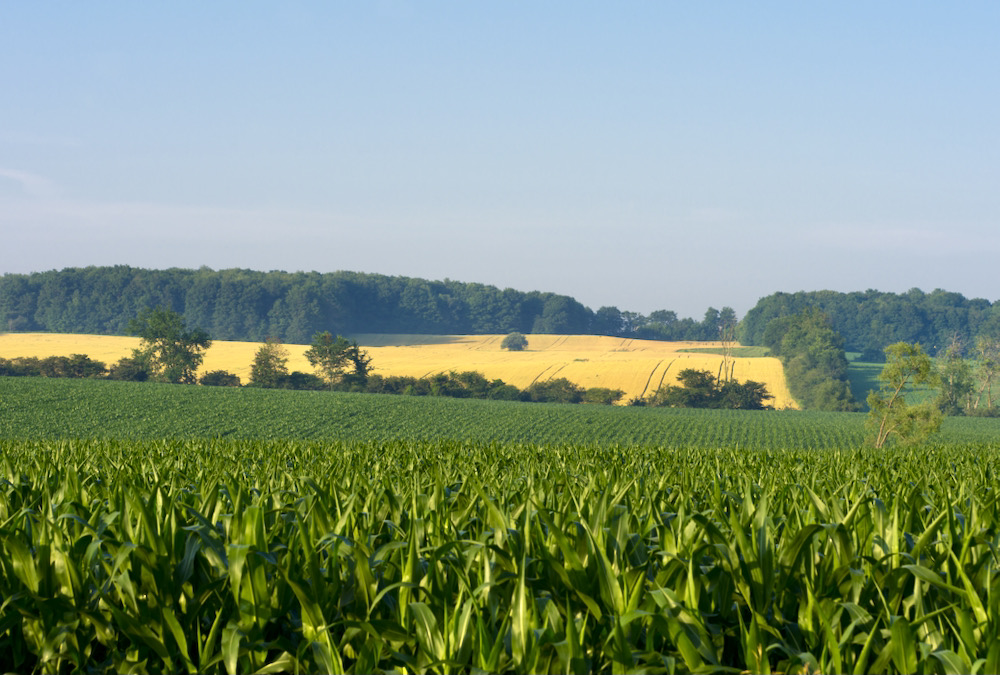Nutrient strategies must reflect Erie watershed’s diversity

When making decisions about best management practices (BMPs) to minimize phosphorus loss to Lake Erie, farmers should consider the variability of the region’s climate and topography as well as the drainage and land-use realities on their own farm.
Why it matters: Nutrient overload can cause problems in nearby water bodies, affecting the environment and farmers’ social licence to operate.
That was the message from Dr. Merrin Macrae of the University of Waterloo’s Department of Geography and Environmental Management during the recent North American Manure Expo.
Macrae said farmers don’t necessarily have the money or resources to implement all recommended BMPs so they need to know which ones are most likely to be successful.
With established on-farm study sites in Ilderton, Essex and Londesborough, as well as collaborations with researchers in Ohio, Macrae and her students have for eight years explored the flow of phosphorus into Lake Erie. She said the easing of nutrient overloading in the 1980s and 1990s was largely due to improvements at urban wastewater treatment systems. Since then, however, there has been a “reeutrophication (of Lake Erie) over the last 20 years. And agriculture is supplying a lot of that phosphorus.”
Data collected by Macrae’s team indicates an agricultural source but also whether the water carrying the phosphorus is arriving in streams via surface water runoff or through tile drains.
“Phosphorus losses often occur as a result of overland flow and surface water runoff. This has been known for a very long time,” she said. As a result, “people used to think if you could just get it underground, that would solve all your problems.
“But then it has emerged that tile drains are a very important factor for water loss but also, in certain settings, phosphorus loss.”
The university’s Londesborough site sits on clay loam, Ilderton on silt loam and Essex on clay. At Ilderton, the topography “kind of forces the water into the tile” instead of overland, with Londesborough with more slope and tending more to surface runoff. Both northern sites can usually count on several weeks of snow cover to protect the ground from severe freezing. The Essex site typically loses its snow and leaves the soil susceptible to late-winter hard frosts.
These factors play into the Essex site losing phosphorus consistently year-round, with a higher percentage through the tile. Londesborough and Ilderton, meanwhile, tend to lose the most through surface runoff during heavy weather events in the spring and fall.
Thus one BMP might work in one location but be less effective in another. Macrae said the complexities of the Lake Erie watershed run much deeper than that, to the point that “we have been applying BMPs across the watershed but things are not getting better.
“Or they’re not getting better fast enough.”
Best practices developed elsewhere in Canada or internationally don’t necessarily apply here. Macrae’s example was research from the Canadian Prairies and Scandinavia suggesting over-wintering cover crops add to phosphorus loss due to the breakdown and release of nutrients under heavy frost.
On much of the Canadian side of the Lake Erie watershed, ample snow cover insulates and protects those crops.
“Cover crops are a net benefit for this landscape,” she said, citing research closer to home by University of Waterloo student James Cober.
Also important is recognizing diversity within the Lake Erie watershed, which stretches from the rolling Upper Grand River district near Dundalk through the flat of Essex County and across the border to the hills of southwestern Ohio.
Some Ohio evidence shows increased phosphorus runoff is an unintended consequence of no-till cropping but Macrae believes differences in hydrology and the on-farm method for applying nutrients are contributing factors.
The Ontario site is less hilly and the farmer applies nutrients in bands, something Macrae advises since it removes nutrients from the natural flow path of runoff water. She agreed leaving a broadcasted layer of manure on untilled land on the university’s Essex site could cause phosphorus runoff but that’s not a suggested BMP.
“If you are going to broadcast manure, if you can incorporate it gently, it is a good idea.”
At other locations, “a return to tillage might actually increase runoff so we’re not always comparing apples to apples.”
Some nutrient application principles do apply more broadly. In general, keep the “4R” goals in mind: right form of the nutrient, right time, right location and the right amount, she said.
“What you really want to avoid is over-applying,” and to do so, phosphorus levels in the crop and the soil must be known.
Getting the soil phosphorus down to what’s needed agronomically “is the first line of defense, and it’s something that’s going to work everywhere,” she said, adding farmers must find ways to “spread that manure out over more fields, broader areas so you don’t end up going back to the same fields over and over.”
The timing of high runoff events may vary across the watershed but, “if we had to look at a Goldilocks time from a water quality perspective to apply nutrients, applying it during these dry periods and avoiding these wet periods is the best thing that you can do.”
And when it comes to nutrient placement, a study by University of Waterloo’s Kirsten Grant found that applying in subsurface bands reduced winter nutrient loss by 60 per cent both for phosphorus and nitrogen.
Source: Farmtario.com

